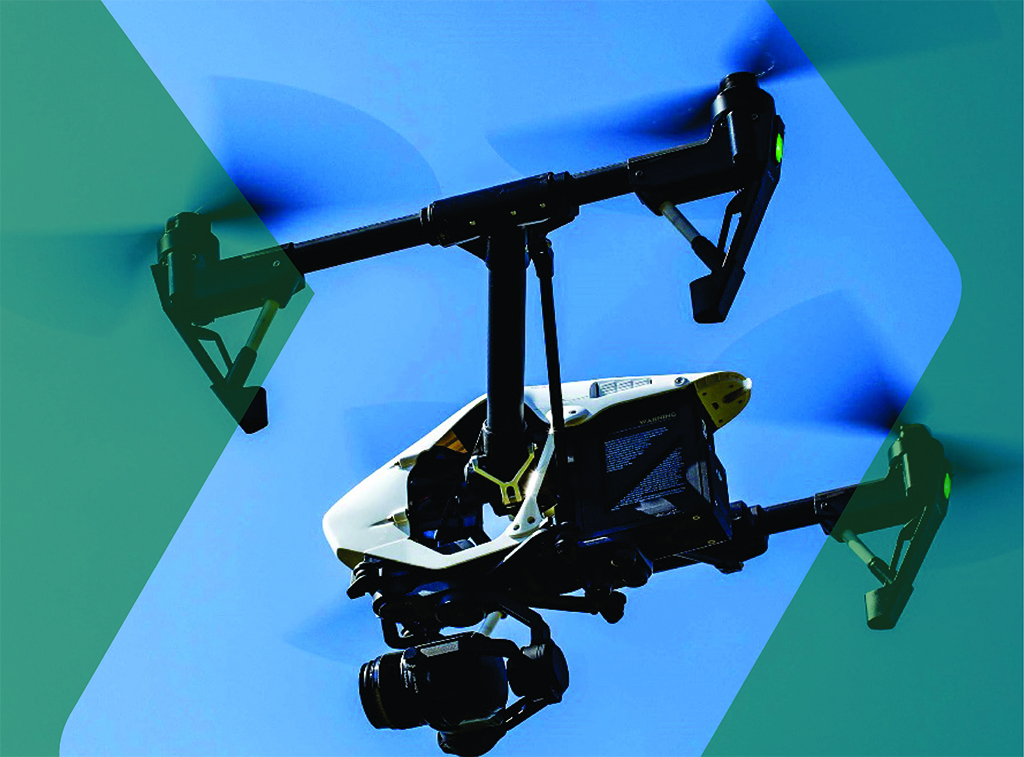New cargo opportunities from next generation aviation
05 / 10 / 2020

In this article, Gary Cutts – Challenge Director: Future Flight – outlines how government body UK Research and Innovation (UKRI) and the £300m Future Flight Challenge aims to lead a new revolution in the UK aviation industry by bringing together technologies in electrification, digital and autonomy to create new, greener modes of air travel and capability that could potentially have an impact on cargo operations.
The project is providing opportunities for aviation businesses across the UK to fund technology research and development to build, use and export new aviation concepts and services that will appeal to global markets.
New technologies, new opportunities: drones
Already there are numerous, highly capable industrial drones in operation around the globe often providing surveying services. But these are mainly flown by a remote pilot in visual line of sight of the aircraft and because of the perceived threats to passenger-carrying aircraft, they are normally excluded from controlled airspace.
The application of autonomy to flight control and the emergence of more digitally enabled air traffic management will soon allow such vehicles to fly at greater volumes and in closer proximity to each other and the built-up environment.
This opens not only the possibility of flying into dense urban locations (where industry is already developing concepts of local vertiports) but also the potential to fly airside in airports to connect with the traditional aviation system.
These developments, coupled with the rapidly evolving aircraft capability coming from battery technologies and new electrical machines give the potential for an end-to-end airborne delivery system; not just the small, last-mile delivery drones that make most of the headlines.
When we consider the ability to land such aircraft directly in distribution centres without the need for traditional airports, the possibilities for multi-modal transport become clear as does a new marketplace for air cargo operators. Initial studies under the Future Flight Challenge already show the economic viability of such larger drone delivery services.
Turning our attention to larger, next-generation aircraft the Challenge will fund several advanced air mobility vehicle system demonstrations. Many envisage that these will primarily move 3-4 people on short hops around cities. But once you have the capability for multiple journeys between charging with this kind of payload and with the ability to take off and land vertically, surely there are possibilities for such a piloted aircraft as a cargo vehicle.
If such an aircraft became a sub-regional commuter vehicle, there are options for mixed mode operation – flying low-volume, high-value cargo utilising unused lift capacity.
This could be especially attractive if the routes are mainly between mid-sized towns which are difficult to connect via the road and rail network. Our modelling shows real economic advantages here especially when considering the cost of journey time.
Shifting market demands
With rising concerns over climate change and the government’s commitment to be carbon neutral by 2050 cleaner modes of transport will be required. It is vital that we adapt to demand and enable the next generation of aircraft to use advances in electric and autonomous technology to produce new, greener ways of flying.
The move to home delivery is an established trend which can only be accelerated by the Covid-19 pandemic. Driven both by a reluctance to shop in person and a potentially permanent shift towards home working. This will amplify the already existing desire for faster order-to-delivery times which will require novel end-to-end logistics solutions. We see home delivery as a potential early adopter segment for the kinds of novel air transport in the Future Flight Challenge.
We know that public acceptance of these new modes of aviation is critical to the emergence of markets. There are legitimate concerns over noise, intrusion and perceptions of aviation safety to address. However, studies show that the public is receptive to the use of drones for medical and other blue light services. With careful consideration, it will be possible to map a course to achieve social acceptance for the wider use of more localised and autonomous flight.
We look forward to full demonstrations of capability in the 2023/24 timescales and welcome engagement with the air cargo community to develop use cases.
Gary Cutts has nearly 30 years’ experience in the aerospace industry mainly working on civil and defence propulsion system for Rolls-Royce. He has held engineering leadership positions across the product lifecycle covering technology acquisition, concept definition, development/certification and service management. Gary has also held many global executive leadership positions for the group including creating the System Design function and latterly leading the digital transformation of engineering.














